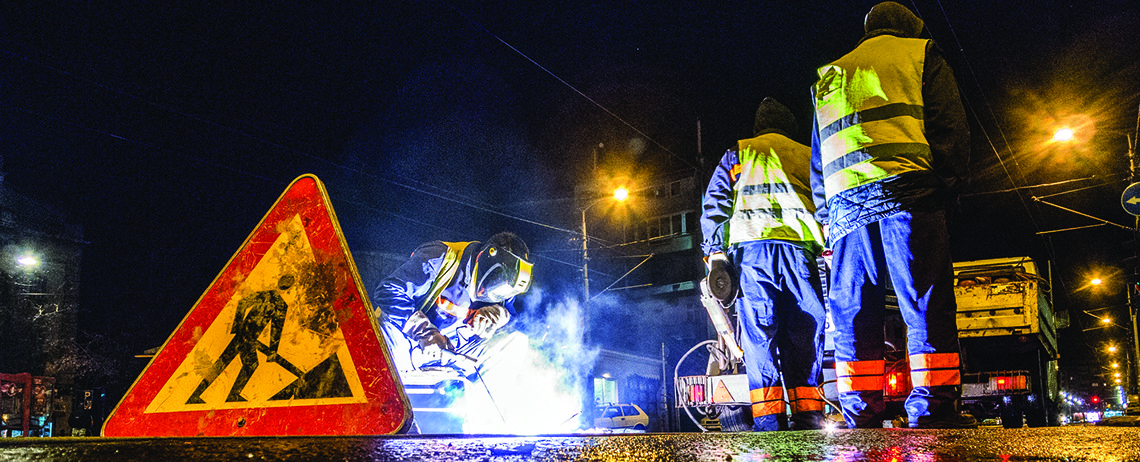The Workplace Road Map to Risk and Safety
SafetyCulture News | By | 3 Dec 2018 | 2 minute read

Understanding the difference between risk and safety may seem simple, but these complex concepts are often misunderstood, resulting in confusion around workplace health and safety. Here, we break down the differences in risk and safety, and map out how workplaces can engage their staff with strategies on both.
Working with uncertain terms
Put simply, risk is the effect of uncertainty on your objective and safety is to be free from harm, says Safety Culture’s risk advisor Paul Chivers.
“Safety is only one of the many dimensions of risk management,” he says. “Any area of business or undertaking has risk, in areas such as finance, people and culture, operations, reputation and governance. Risk management is just a disciplined approach to dealing with uncertainty in every area of business or undertaking.”
Without definition and context these terms can often be lumped into one basket and come to mean the same thing to most people, Chivers says.
Safe Work Australia defines risk as the “possibility that harm (death, injury or illness) might occur when exposed to a hazard”. It advises workplaces to manage risk by identifying hazards, assessing and controlling risks, and reviewing control measures.
Beyond semantics
Associate Professor Sussane Tepe, program manager of RMIT’s Graduate Diploma/Master of Occupational Health and Safety, believes it’s not as important for workplaces to spell out the differences between risk and safety, as it is to make sure workers understand their jobs.
“To have a safe workplace, you have to understand your job because the safest thing you can do is know how to do your job well,” she says.
“That includes all the things that can go wrong because you’ve got hazards that you’re exposed to or because there are things you don’t know about your job.
“You have to understand your task and you have to understand the equipment you’re using, both in terms of what it should do and what it might do,” she says.
“You have to understand the people, both in terms of yourself and those around you, and whether there are any vulnerabilities.”
While there is no silver bullet to ensure workplace safety, being aware of these elements helps workers protect themselves and the people around them.
Associate Professor Tepe says a top-down approach is the best way to foster a workplace culture where the differences between safety and risk are understood and appreciated.
“The biggest thing that improves safety is senior management commitment to it and that’s not just saying, ‘I’m for safety’,” she says.
“It’s about living what you say—understanding your business and providing the resources. It means training your people, supervising them, making sure they’ve got the right equipment, understanding what else can go wrong and keeping a close eye on it.”
Important Notice
The information contained in this article is general in nature and you should consider whether the information is appropriate to your specific needs. Legal and other matters referred to in this article are based on our interpretation of laws existing at the time and should not be relied on in place of professional advice. We are not responsible for the content of any site owned by a third party that may be linked to this article. SafetyCulture disclaims all liability (except for any liability which by law cannot be excluded) for any error, inaccuracy, or omission from the information contained in this article, any site linked to this article, and any loss or damage suffered by any person directly or indirectly through relying on this information.





